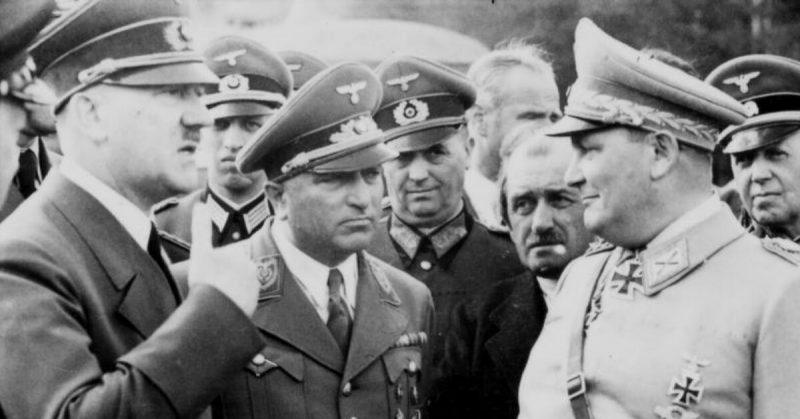During WWII, Adolf Hitler governed Germany from a series of specially prepared bases. Often located far from cities and the front lines, those places took on a strange and often strained atmosphere.
Hitler’s Isolated Bases
Hitler had over a dozen headquarter complexes specially built. More than half were in Germany, although others were scattered across occupied Europe, from Paris in the West to an Eastern lair in the Ukraine.
Many had striking names. Translated into English, they included Wolf Attack, Crag Nest, and Giant. Their owner instilled in them a sense of high drama.
Hitler spent most of his time at Wolfsschanze, or Wolf’s Lair, in East Prussia. For the headquarters staff traveling with the Führer, it was their most stable home during the war. It was also a place, like many of those bases, where Hitler’s eccentricities were given free rein.
Commanding
The most important role of those bases was as a command headquarters. Hitler took personal charge of overseeing the German war effort, believing he understood what was needed better than anyone else.
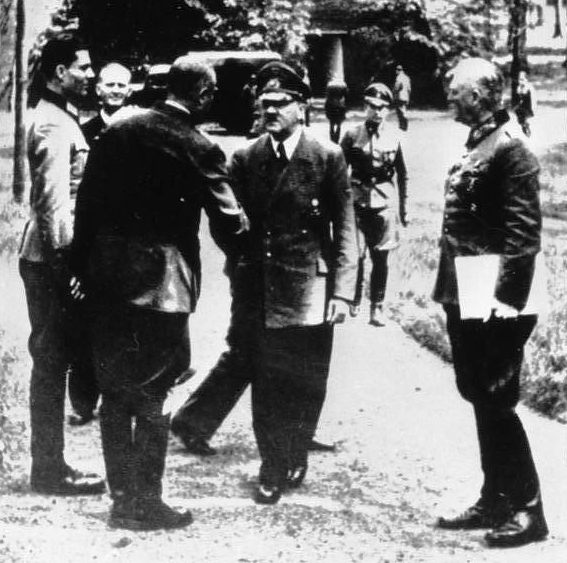
Hitler’s personality and command style, together with the unfolding circumstances of the war, made for tense meetings. Although in some ways overconfident, Hitler was also prone to paranoia. During periods of strain, such as the preparations to invade Norway, he became tense and doubtful about success. His persistent insomnia added to the tension. The uncertainty of his moods made life difficult for the people he worked with.
Together with Hitler’s unwillingness to accept contradiction or criticism, command meetings were a grueling affair.
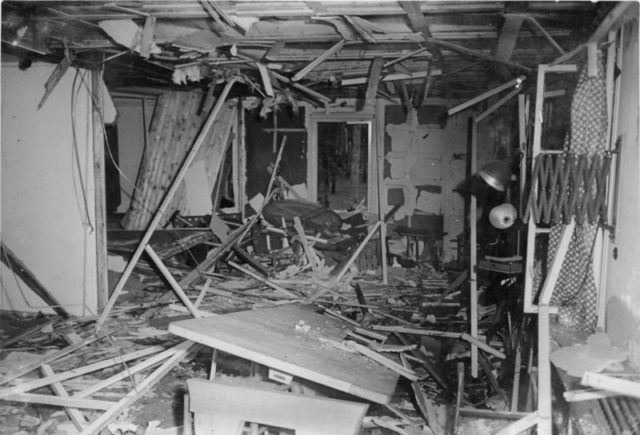
Finding Entertainment
Living full time in specially built lairs, Hitler had facilities for leisure as well as work.
Early in the war, there were film shows in the evenings. Hitler’s taste in movies was for entertainment rather than highbrow, and his companions watched whatever was popular at the time.
As the war progressed, he began to view the film shows as self-indulgent; considering the suffering of soldiers at the front. Movie nights were replaced with listening to records. The operas of Wagner, that dramatic favorite of the Nazis, were a standard feature. They were followed by pieces from operettas, during which Hitler showed off his pretensions of sophistication by guessing the names of the singers.
Food and Dining
Meals at Hitler’s bases were shaped by his obsession with discipline rather than his taste for fine things.
The staff ate together in a dining mess. At the Wolf’s Lair, Hitler sat facing campaign maps, ranting about the dangers of communism as he ate. His meals were simple. Breakfast was a glass of milk and a mashed apple. Although the staff had a heartier breakfast, it was far from luxurious. Meals adhered to the rationing system and were shaped by Hitler’s taste for vegetarian gruel. There was little butter or meat and a glass of second-rate wine was labeled a treat.
Tea with the Secretaries
In between military meetings and planning sessions, Hitler spent a lot of time with his secretaries. He sat drinking tea and eating pastries with them; a break from his otherwise disciplined diet.
The secretaries were perhaps as close as Hitler had to a circle of friends. For all his callousness in dealing with others, he cared deeply about them. He was visibly unsettled when one of them lost a husband in the far away fighting.
The secretaries provided Hitler with someone to talk to without fear of judgment. After all, they were hardly going to argue with the dictator. It was also a chance for him to talk about things other than the war.
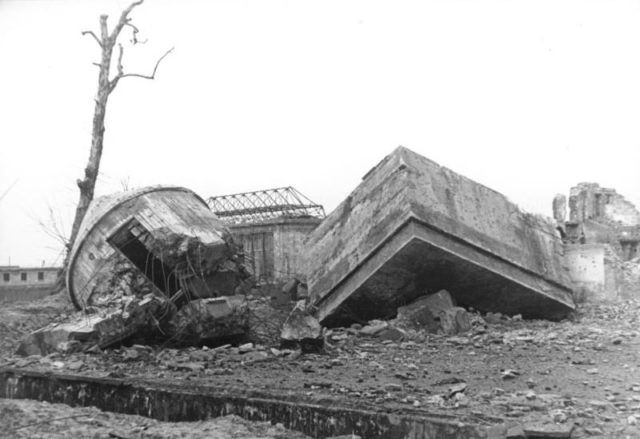
The Führer’s Ramblings
Hitler’s conversations, both with the secretaries and with others in his lairs, were rambling and often repetitive. At times, they were less a conversation and more a monolog, with the Führer talking about whatever obsession was on his mind.
Those ramblings were Hitler’s chance to show off the knowledge he had acquired and the theories he had formulated. He lectured on art, history, and politics. He ranted about the threat of communism and the superiority of the German people. Such perceived menaces as Christianity, Jews, and Slavs all featured heavily in his conversations. Opinions emerged on everything from meteorology to prophesy to typewriting.
His listeners may have been bored; they may have been restless, they may have worried about their leader’s state of mind, but they listened and let their leader talk.
Declining Schedules
As the war ground on, regular routines began to slip. Conferences on military matters became ever more protracted as the situation worsened. The needs of the war, together with Hitler’s troubled sleep, overrode the concerns of everyday life.
Hitler did not give up his chats over tea and pastries. The difference was that, instead of afternoon tea, his secretaries and adjutants might be called in the middle of the night. It was not uncommon for them to sit at three in the morning, listening to his plans for Europe. Plans which bore less and less relation to reality as the war turned against him, but which were expressed with no less confidence.
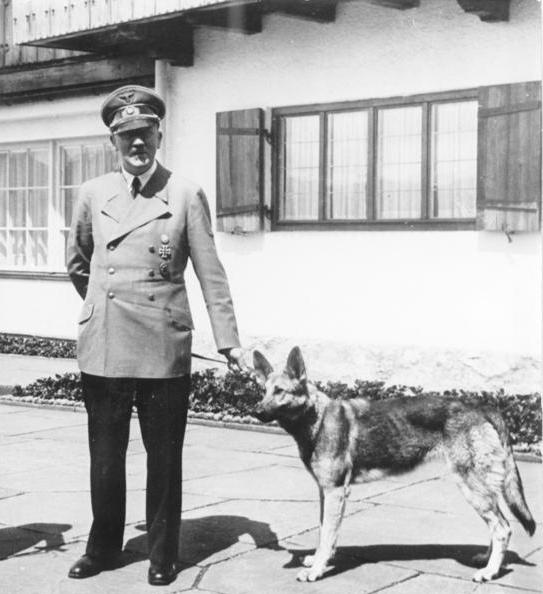
Blondi
The most normal aspect of Hitler’s life at his headquarters was his relationship with his dog; an Alsatian named Blondi. Until his strength faded in 1943, Hitler went out walking for several miles every day. He took Blondi with him.
At first, she badly behaved, but Hitler was determined to bend her to his will. By being the only one to feed her, he made himself Blondi’s master. Walking with her was one of the few truly relaxing parts of his day.
Perhaps the strangest thing about Hitler’s wartime lifestyle was how little it changed. Until things became desperate and he retreated to the Berlin bunker, he clung to his life of teatime chats and spartan meals. It was a strange mixture of self-restraint and self-indulgence. Hitler was persistent but not consistent in his behavior and tastes.
Source:
John Keegan (1987), The Mask of Command
